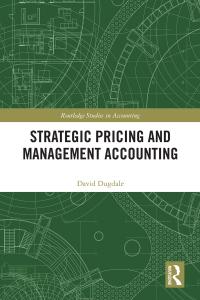Question
Wholesale Warehouse Stores sold $950,000 in merchandise during 2017, $650,000 of which was on credit with terms 2/10, n/30 (75 percent of these amounts were
Wholesale Warehouse Stores sold $950,000 in merchandise during 2017, $650,000 of which was on credit with terms 2/10, n/30 (75 percent of these amounts were paid within the discount period), and the rest was paid in cash. In addition, $3,200 in merchandise was returned. Assume the customers returning the merchandise had paid cash and had not received a discount on their purchase.
On December 31, 2017, the Accounts Receivable balance was $80,000. The beginning balance in the Allowance for Bad Debts Account was $9,000 and $6,000 of bad debts was written off during the year.
1.) Record the journal entries that Warehouse would use for the following transactions:
a. Sale of merchandise.
b. Payment made by customers to Warehouse.
c. Return of merchandise.
2.) Compute net sales for 2017, assuming that sales discounts and sales returns and allowances are treated as contra-revenues.
3.) Assume that Wholesale uses the percentage of sales method for estimating bad debt expense and that it estimates that 2 percent of credit sales will produce bad debts. Record the journal entry for bad debt expense for 2017. (NOTE: This is an adjusting entry.) What is Net Accounts Receivable for December 31, 2017?
3.) Assume that instead of what was done in #3, Wholesale uses the Allowance Method and that is estimates that $10,000 worth of current accounts is uncollectible. Record bad debt expense for 2017 (again, this is an adjusting entry). What is Net Accounts Receivable for December 31, 2017
Step by Step Solution
There are 3 Steps involved in it
Step: 1

Get Instant Access to Expert-Tailored Solutions
See step-by-step solutions with expert insights and AI powered tools for academic success
Step: 2

Step: 3

Ace Your Homework with AI
Get the answers you need in no time with our AI-driven, step-by-step assistance
Get Started


